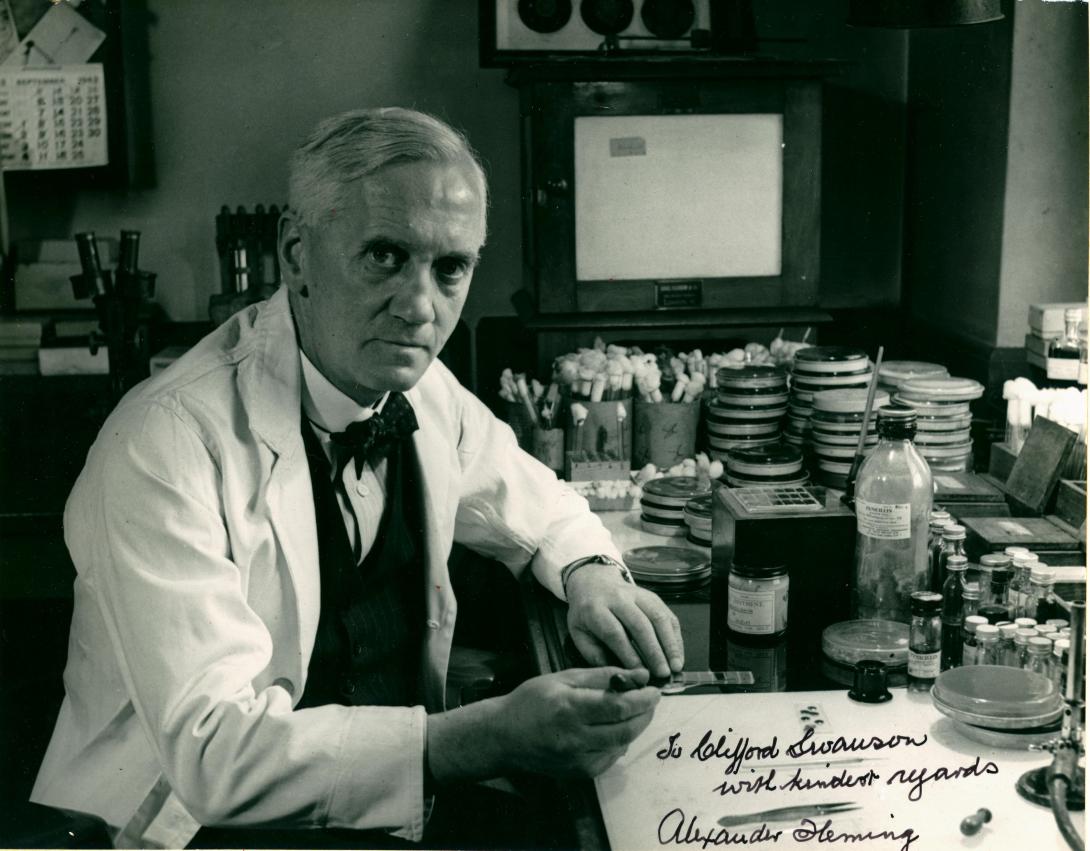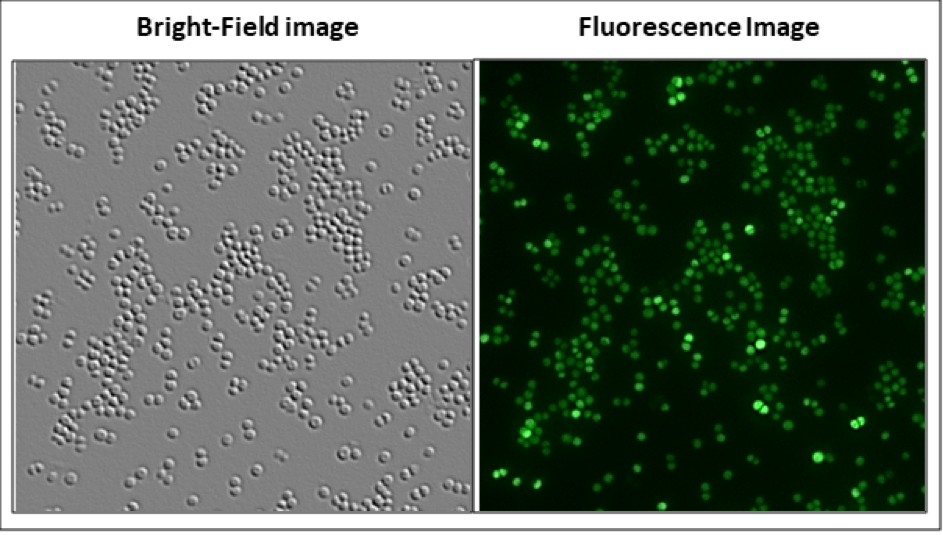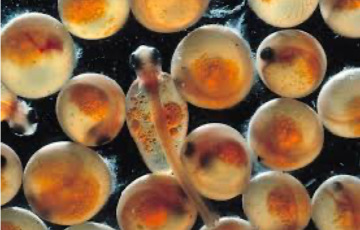Bacteria and Antibiotic Resistance
To download the activity page, click here.

The Chatterjee Lab at IMET studies bacteria and antibiotic resistance. The following video explains how antibiotic resistance develops in bacteria.
Several infectious diseases seen in humans are caused by bacteria. These infections are treated with the help of antibiotics that are drugs designed to specifically kill bacterial cells and reduce infection. Before the introduction of antibiotics, there was no effective treatment for infections such as pneumonia, gonorrhea and rheumatic fever. Many people would die from infections caused by a scratch or wound. In wars, injured people would either have their limbs amputated or die from wound infections.
The discovery of Penicillin

The first antibiotic discovered was Penicillin in1928 by the Scottish researcher Sir Alexander Fleming. He discovered Penicillin accidentally when he once returned from a two-week vacation and was checking his petri dishes of Staphylococcus colonies. He noticed a blob of mold growth on one of the dishes that was covered in tiny colonies and that the area around the mold had a clear zone with no colonies. It was as if the mold had secreted something that inhibited bacterial growth. Fleming found that this "mold juice" was capable of killing a wide range of harmful bacteria. Further research was carried out Alexander Fleming in his lab for the next decade to isolate penicillin from mold and make it usable as a drug to treat patients. In 1941, penicillin was first used to successfully treat patients and thereafter was widely used in World War II in 1943, where it was called the “miracle drug.
The Emergence of Antibiotic Resistance

Antibiotic resistance occurs when bacterial pathogens develop certain properties that make them fight back the drugs used against them. As bacteria evolve, they obtain certain genetic components from other bacteria in the environment, which enable resistance towards a specific class of antibiotic. This is called horizontal gene transfer. When bacteria that is antibiotic resistant causes an infection, the cells manage to survive even in large drug dosages, and it becomes very difficult for doctors to treat the disease. Because bacteria have the ability to survive on common surfaces in the environment, they are also very easily transmissible.
At IMET, Som Chatterjee’s lab studies the antibiotic resistant bacteria, Staphylococcus aureus. The bacteria mainly colonize on the skin, causing lesions or blisters. They can also enter the body and spread through blood to cause infections of internal organs. They are known to rapidly spread in hospitals and infect patients, usually through their medical devices- thus adding to their illness. Members of the Chatterjee lab study the mechanisms by which S. aureus cells mediate resistance against a class of antibiotics called beta lactams, which are similar Researcher in the Chatterjee Lab to penicillin. The lab uses techniques in genetics, molecular biology and biochemistry to identify key pathways adopted by the cells in order to survive in presence of beta lactams.
Watch this video by eBug on antibiotic resistance
Bacterium or Virus
While bacteria and viruses can both cause diseases which may have similar symptoms and preventive methods, they are very different organisms and cannot be treated in the same way. The Chatterjee Lab at IMET is focused on bacteria.
Bacterium
- Bacteria can survive in the environment and on common surfaces. They are also present deep under water, in extremely hot or cold climates.
- They are unicellular organisms but are more complex than viruses and can affect humans, animals and plants. They contain DNA, RNA, proteins and sugars.
- They cause a wide range of infections, right from Strep throat to tuberculosis.
- Bacteria evolve by gaining gene that enable antibiotic resistance.
- Bacterial infections are treated with antibiotic drugs.
Virus
- They are “alive” or active only when they infect another organism.
- They consist of minimal components, such as DNA or RNA and some proteins for survival after infection.
- They can cause common diseases such as the flu or chickenpox. A lot of historically important diseases were caused by viruses, such as Ebola and Rabies and the current COVID-19.
- Treatment of viral infections is difficult because they keep modifying their internal components and is usually in the form of antiviral vaccinations or drugs.


